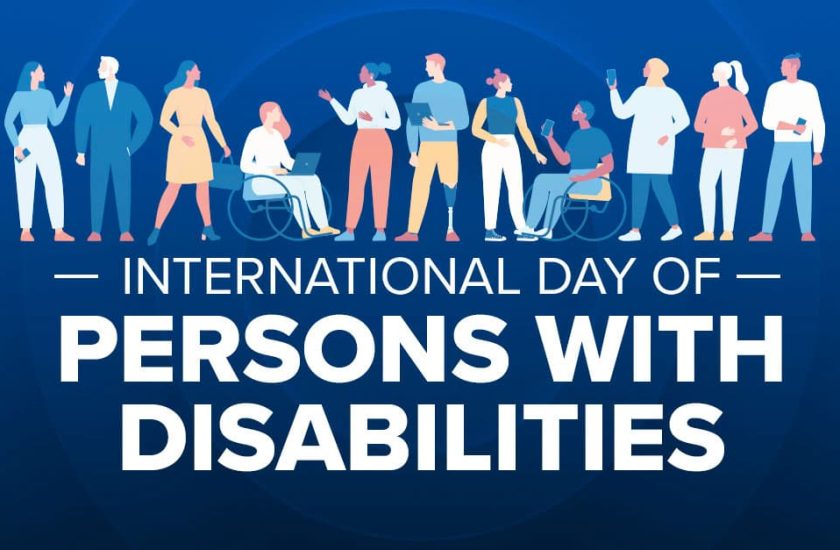The HIV Prevention Trials Network study (HPTN 084) on the safety and efficacy of the long-acting injectable antiretroviral drug cabotegravir (CAB LA), for pre-exposure prophylaxis (PrEP) in HIV-uninfected women, was stopped early by the trial Data and Safety Monitoring Board (DSMB) as results showed CAB LA to be highly effective in preventing HIV acquisition.
Study Design
The HPTN 084 enrolled 3,223 women aged 18-45 years old who were at risk for acquiring HIV infection in 20 sites across seven countries in sub-Saharan Africa (Botswana, Kenya, Malawi, South Africa, eSwatini, Uganda and Zimbabwe).
The study randomized participants to one of two arms:
- Arm A – CAB LA (as an intramuscular injection every 8 weeks) and daily oral TDF/FTC placebo.
- Arm B – Daily oral TDF/FTC and intramuscular CAB LA placebo every 8 weeks.
Results
Thirty-eight women in the trial acquired HIV. Four were randomised to the long-acting cabotegravir arm and 34 were randomised to the daily, oral FTC/TDF arm. This translated to an HIV incidence rate of 0.21% (95% CI 0.06% – 0.54%) in the cabotegravir group and 1.79% (95% CI 1.24%-2.51%) in the FTC/TDF group. While both methods were highly effective at preventing HIV acquisition, long-acting cabotegravir was 89% (95% CI 68-96%) more effective than FTC/TDF. These results show that CAB LA is significantly more effective in preventing HIV acquisition than oral PrEP in an intention-to-treat analysis from this trial.
CAB LA and oral FTC/TDF were both well-tolerated and most adverse events were mild or moderate in severity and largely balanced between both treatment arms. Injection site reactions were low in both groups, though higher in the CAB LA arm and gastrointestinal disorders and nausea were more common in the FTC/TDF arm. There were no discontinuations due to injection site reactions or injection intolerance in either arm of the study.
Implications of the results
Women in the countries where the trial was conducted and across East and southern Africa continue to experience high HIV incidence. More effective and acceptable HIV prevention choices for women are needed. While oral PrEP is highly effective in preventing HIV in women when taken as prescribed, some women find it difficult to take a daily tablet, and inconsistent use of oral PrEP reduces the prevention effect. A long-acting injectable formulation has the potential to improve the prevention effect without relying on adherence to a daily oral PrEP regimen and to increase prevention choices and acceptability among women.
A long-acting PrEP product could offer a better choice for women at substantial HIV risk who either do not want to take or struggle with taking a daily tablet. These results do not contradict evidence showing that consistently using oral PrEP is highly effective as has been demonstrated in several trials. However, adhering to the daily dosing schedule is important. Even short lapses in taking oral PrEP can reduce the protection from HIV acquisition.
CAB LA availability
Now that the trial in women has been stopped, the participants will be informed of the trial results and CAB LA will be made available to them. Participants who were in the FTC/TDF arm will be offered CAB LA and participants in the CAB LA arm will be able to continue to receive it. Participants who do not want to receive CAB LA will be offered FTC/TDF until the originally planned study end.
Before CAB LA becomes available to people outside the HPTN 084 study, the trial results will have to be fully reviewed and submitted to a stringent regulatory authority for approval. CAB LA and manufacturing capacity will have to be developed. There are also other safety and implementation issues that need to be considered prior to a broader roll-out. Safety studies in adolescents and among pregnant and breastfeeding women will be needed and open-label extension (OLE) studies will need to be considered to understand the most effective and acceptable implementation approaches.
Outstanding issues
- CAB LA for adolescent girls
As the study participants were all aged 18 years or older, a bridging study (HPTN084/01) has started to enrol adolescent girls. This will assess safety and acceptability in 50 adolescent girls < 18 years at three sites. Additional information on delivery approaches and ways to support uptake and continuation could be gained through OLE studies. - Safety during pregnancy and breastfeeding
When information was made available in May 2018 regarding Dolutegravir (DTG), which is an integrase inhibitor in the same class of drug as cabotegravir, that there was a possible association with foetal neural tube defects (NTDs) when taken periconceptually, a protocol amendment was made requiring all women enrolled in HPTN 084 to also take long-acting reversible contraceptives. Since this safety signal was raised in May 2018, recent data has noted a decline in the risk. As of July 2020, data show a non-significant difference in risk of NTDs with DTG at conception exposure compared with other ARVs. However, because of the protocol change, very few women in HPTN 084 became pregnant while taking CAB-LA. Monitoring for adverse foetal and pregnancy outcomes will have to be done during OLEs. - Real-world implementation issues
Where and how CAB LA—which requires an injection every eight weeks—could be delivered, implementation adjustments that may be needed in HIV prevention programmes and health systems, and acceptability issues, will all need to be evaluated and considered. Other implementation assessments are planned or underway. - The pharmacokinetic tail—will this be a significant risk for drug resistance?
Injectable cabotegravir has a long half-life, which is why it provides long-acting (8 weeks) protection. It also has a long pharmacokinetic tail, meaning that there is a detectable drug that remains in the body for months after an injection. These small amounts of the drug may not be enough to protect against HIV infection and could result in the development of drug-resistant HIV following exposure during this time. It has been previously reported in the Phase II study (HPTN 077)ii that the median time to undetectable cabotegravir is longer in women at 66.3 weeks (range 17.7 to 182) when compared to 42.7 weeks (range 20.4 to 134) in men. It is not yet understood if this long pharmacokinetic tail will have any significant effect on drug resistance.
The current recommendation for the HPTN 084 trial participants who discontinue CAB LA is to take FTC/TDF to ‘cover’ this tail with an oral regimen. This may not be feasible, desired, or necessary in real-world settings. The importance of covering the tail with oral PrEP and the risk of subsequent HIV drug resistance are issues that will have to be considered and monitored carefully in future OLE studies.
A similar study (HPTN 083) in HIV-uninfected cisgender men who have sex with men and transgender women who have sex with men, was also stopped early by its DSMB in May 2020, after it also demonstrated that CAB LA was highly effective in preventing HIV acquisition in this group. The final analysis demonstrated the superiority of CAB LA compared to FTC/TDF for PrEP in the HPTN 083 study population. The results from HPTN 084 now mean that CAB-LA has been shown to be highly effective across populations.
Key messages:
It is encouraging to learn that a long-acting injectable PrEP option has been shown to be highly effective in women. CAB LA has the potential to increase choice and overcome some of the barriers related to adherence for long-term use of biomedical HIV prevention.
But, it is also important to temper expectations there are still some important safety and implementation issues to address. It is likely to be more than a year before CAB LA will be more widely available. However, now that these results showing its effectiveness in women are available, alongside the results for men who have sex with men and transgender women, plans for regulatory approval will move forward.
Planning for open-label extension studies is a priority to understand the outstanding safety issues and implementation approaches for populations who urgently need effective prevention choices.
Oral daily PrEP remains an effective prevention option for anyone at substantial HIV risk, and it has been recommended by WHO since 2015. WHO has developed implementation tools to support safe, effective, and acceptable implementation.

 The HIV Prevention Trials Network study (HPTN 084) on the safety and efficacy of the long-acting injectable antiretroviral drug cabotegravir (CAB LA),
The HIV Prevention Trials Network study (HPTN 084) on the safety and efficacy of the long-acting injectable antiretroviral drug cabotegravir (CAB LA), 








.png)
.png)

.jpg)







.jpeg)

.jpeg)










.jpg)




.jpg)

